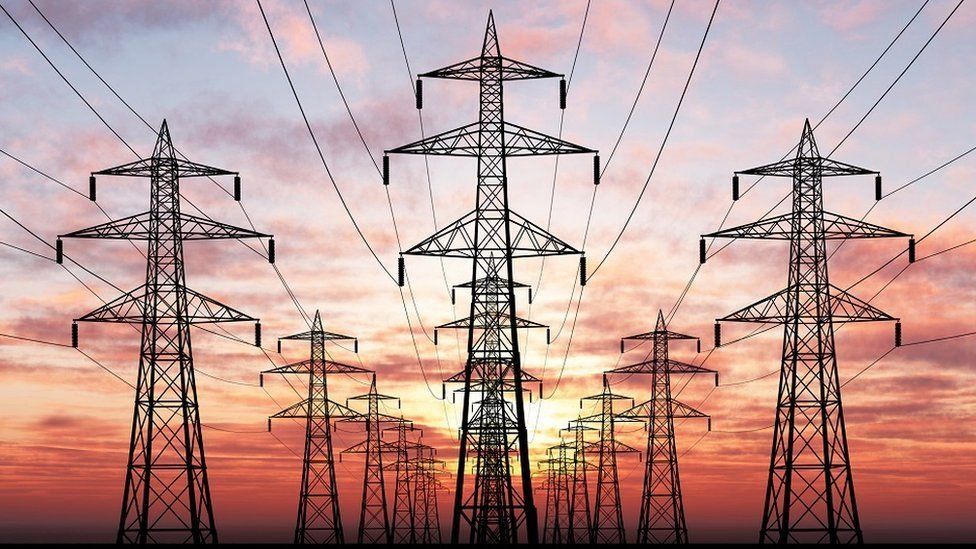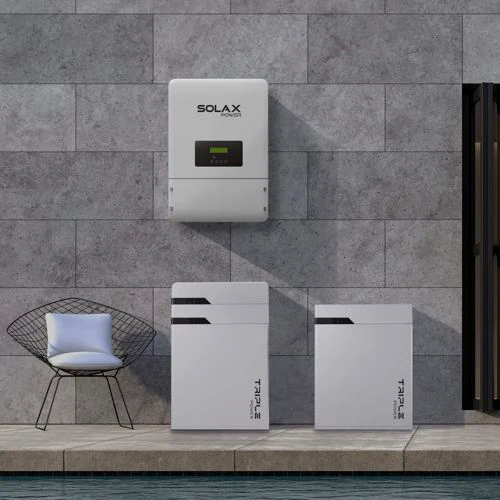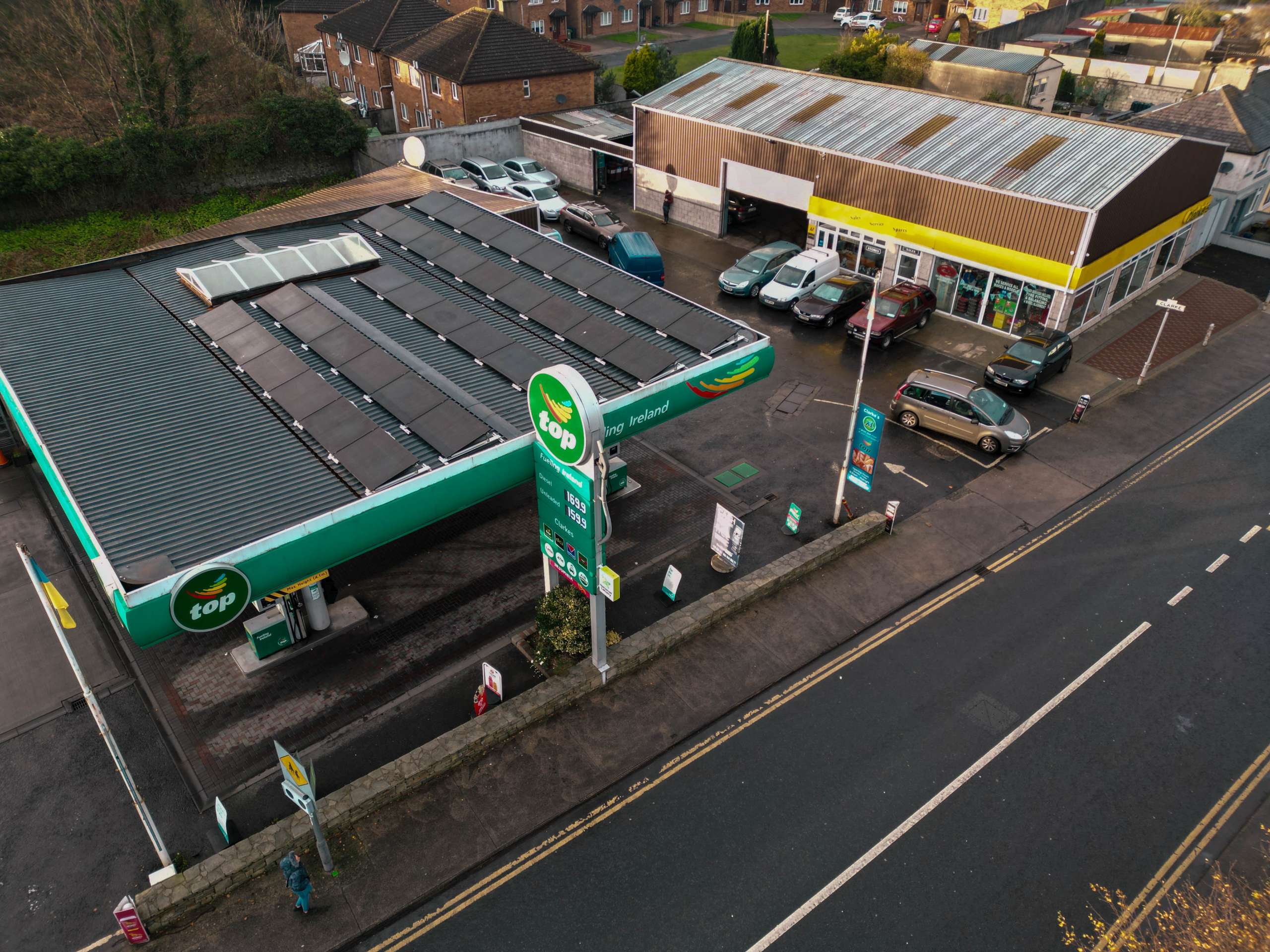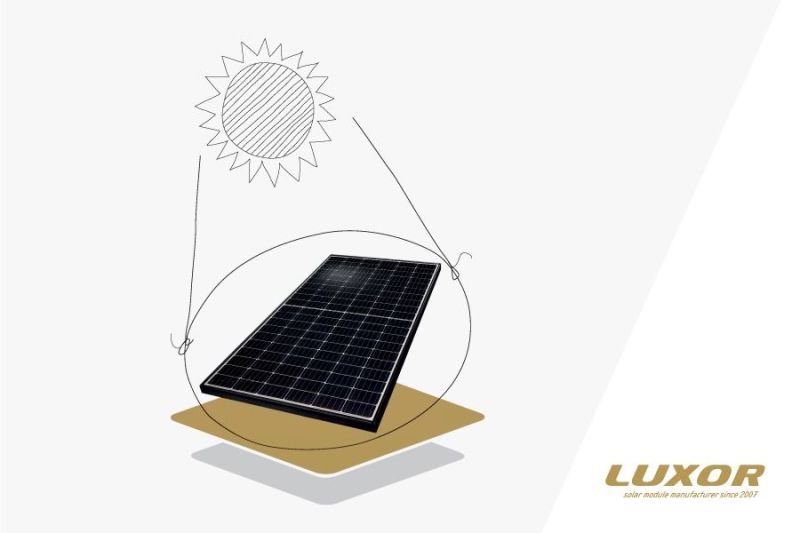Supply-Demand Mismatch: A Root Cause
The surge in Irish and European energy prices this year has raised concerns among commentators about a potential winter crisis. However, there isn’t a single underlying cause responsible for the situation. It can be attributed to a mismatch between supply and excessive demand, pushing energy costs upward across the continent. For instance, benchmark European gas prices have tripled this year even before the onset of winter.
Impact on Energy Suppliers
Rising wholesale gas costs are impacting energy suppliers, particularly in the saturated market of the United Kingdom. Meanwhile, Ireland faces its own challenges as winter approaches. With gas currently providing more than half of Ireland’s electricity, surging global natural gas prices pose urgent challenges. Demand for gas and electricity surged as economies reopened post-pandemic disruptions, while Russia’s reduced gas supply to Europe and limited alternative sources compounded the issue.
Challenges for Ireland
Fuel and gas prices rose by approximately 19.6% in the year to the end of August, according to the Central Statistics Office. The temporary closure of two crucial gas-fired electricity generating plants, Bord Gáis’ Whitegate in Cork and Energia’s Huntstown in Dublin, exacerbated the problem, leading to recent short-term electricity supply shortages and amber alerts from the Single Electricity Market Operator.
Mitigating Impact on Consumers
To mitigate the impact on consumers, it’s advisable to explore energy-saving measures such as installing energy-efficient lightbulbs and practicing energy-conscious habits. Consumers are encouraged to shop around for energy suppliers offering discounts, which could result in significant savings on annual bills, even amid rising energy prices.
Transition to Renewable Energy
Looking ahead, Ireland aims to transition to renewable energy sources, with a goal for renewable sources to account for 70% of electricity consumption by 2030. This shift will move away from oil and peat-powered plants towards renewable sources like wind and solar, signaling a greener and more sustainable energy future.
Clean Energy
A fantastic way safeguard your home’s energy bills from these price hikes is to install a renewable energy source. We are partial to solar energy systems, which are becoming a much more accessible option for many home buyers thanks to government funded grant schemes. And with an added battery, you can even save unused energy for later use, making your system that much more efficient.







